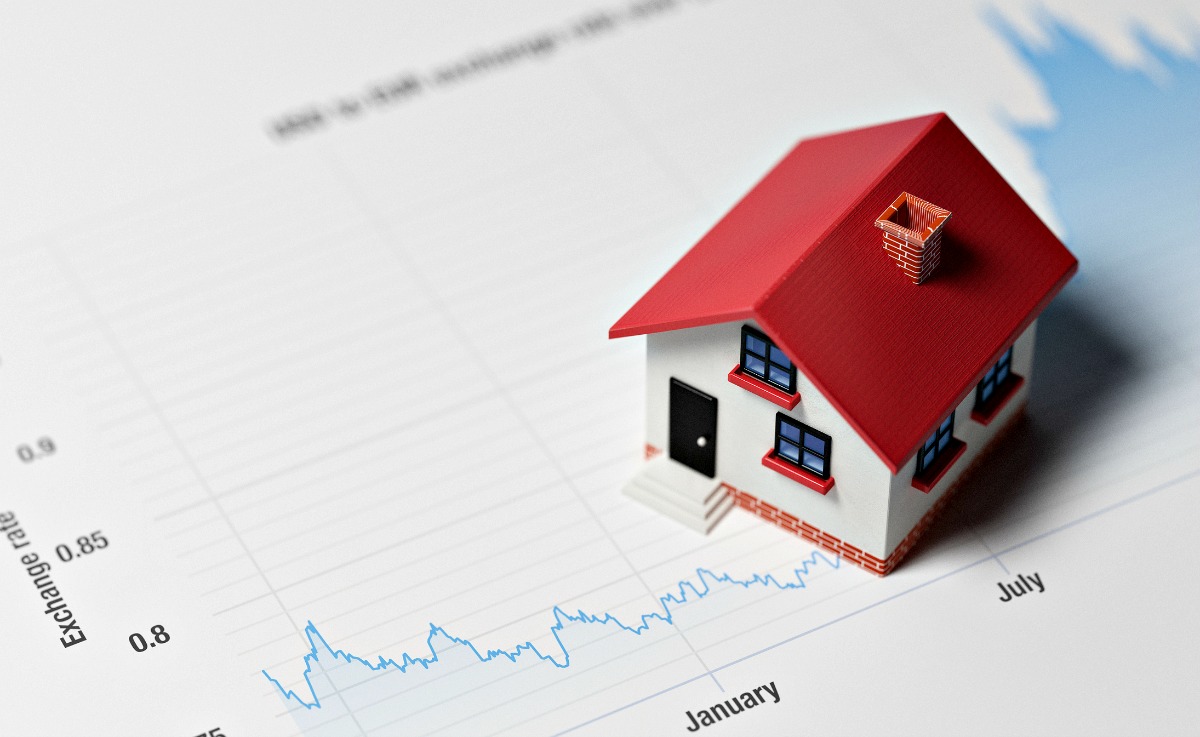Are you curious about what lies ahead for the U.S. housing market over the next five years? Recent reports have sent ripples through the industry, projecting a potential downturn that could result in a staggering $2.3 trillion loss in value. Industry experts even suggest that prices might witness a further decline of up to 10%. As the housing market grapples with the ramifications of rising mortgage rates, a shortage of affordable housing, and the ongoing aftermath of the COVID-19 pandemic, it becomes increasingly imperative to understand the landscape and its potential implications for buyers and sellers alike.
The U.S. housing market, a cornerstone of the nation’s economy, stands as a complex and intricate puzzle, susceptible to the influence of various external factors. Attempting to predict its future trends and fluctuations can be as challenging as navigating a winding maze. While some economists retain a sense of optimism, even those who once forecasted sustained price hikes through 2023 are now revising their projections. According to the National Association of Realtors (NAR), the U.S. housing market is poised for a gradual cooling off period in 2023, following an astonishing 40% surge during the upheaval of the Covid-19 pandemic.
As interest rates steadily climb, the cost of mortgages for prospective homebuyers is set to rise. Nevertheless, the likelihood of a precipitous plunge in prices akin to the 2008 market crash seems slim, due to the implementation of more robust lending standards. The unprecedented surge witnessed during the pandemic era was buoyed by historically low borrowing rates, enticing first-time buyers to enter the market and an inadequate supply exacerbated by underbuilding. While experts and analysts may differ in their predictions, a consensus is forming around the expectation of a noticeable slowdown in the housing market’s momentum within the forthcoming years.
The intricate dance of the U.S. housing market hinges upon the equilibrium between property supply and interest rates, which in turn impact mortgage rates. The year 2021 bore witness to a staggering 16.9% increase in the median existing home price, soaring to $346,900, accompanied by a remarkable sales volume of 6.12 million homes—the highest figure since the pre-recession year of 2006. This phenomenon was largely fueled by record-low interest rates, robust price appreciation and rental income for single-family homes, a remarkable paucity in foreclosure rates, and a remarkable high in sales not observed since the year 2006.
However, the euphoria of this pandemic-driven boom began to wane as 2022 unfolded. By December, the sales of existing homes had tumbled to a seasonally adjusted annual rate of 4.02 million, registering a disheartening 34.0% decline from the corresponding period of 2021. This marked the eleventh consecutive month of sliding home sales. The annual figure of 5.03 million homes sold was the lowest since the year 2014, evoking memories of a time when the housing market faced challenges of a different nature.
As we peer into the crystal ball of the housing market’s future, experts diverge in their projections for the years 2024 and 2025. While some foresee a relatively stable plateau in prices, others voice concerns of a potential collapse. The anticipated rise in interest rates, signaled by the U.S. Federal Reserve, is likely to play a pivotal role in the market’s trajectory, inevitably leading to a moderation in its frenetic pace. Yet, even in the face of these adjustments, it is reassuring to note that the housing market’s foundation today is more robust and resilient than the conditions that preceded the 2008 market crash.
In conclusion, the U.S. housing market is at an intriguing juncture, poised between various forces that could potentially shape its evolution over the next five years. The delicate interplay of interest rates, supply and demand dynamics, and the lingering effects of the pandemic will all exert their influence. While the precise path remains uncertain, the housing market’s trajectory is likely to strike a balance between retrenchment and resilience, ultimately charting a course toward a more stable and sustainable future. Whether you are a prospective buyer, a cautious seller, or a keen observer, the unfolding saga of the U.S. housing market is a narrative that promises to captivate and intrigue for years to come.


